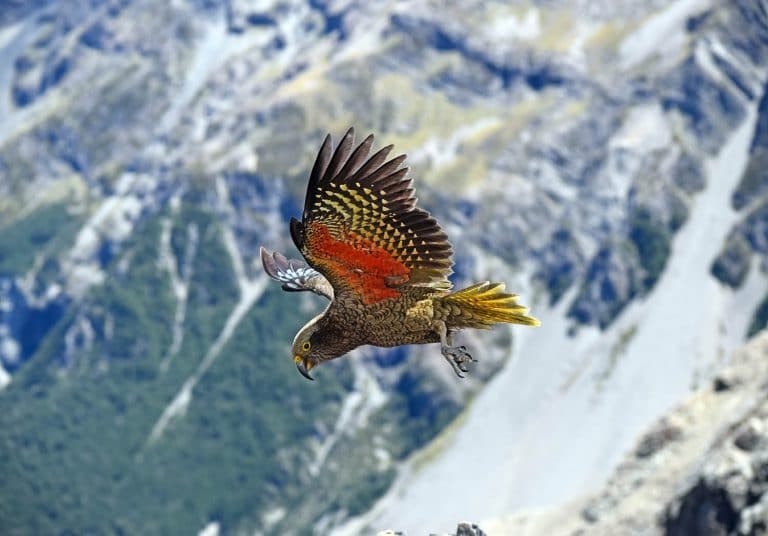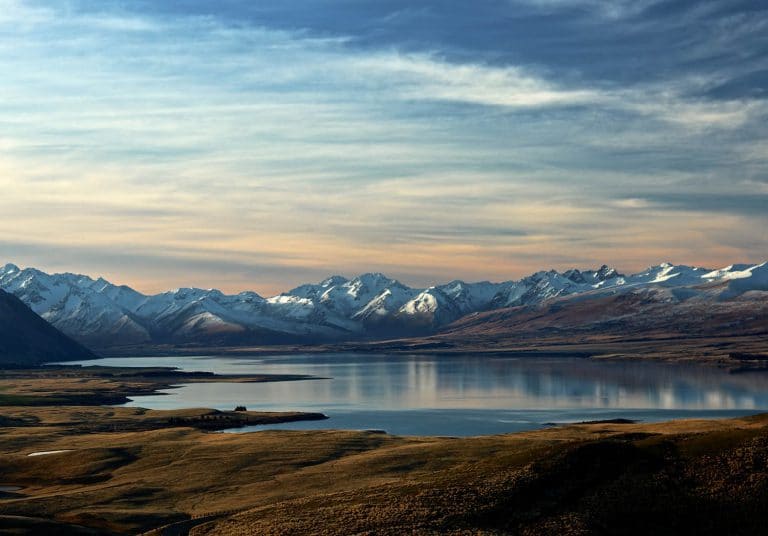The form of national parks are the legacy of 19th-century landscape concepts. As Geoff Park describes national parks tend to be perceived as places where culture stops and nature starts; culture is supressed, nature is ‘preserved’ as a terra nullius.




